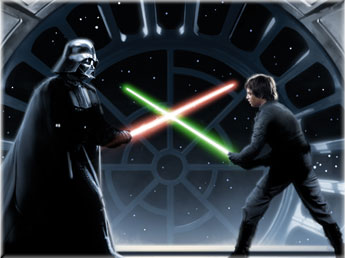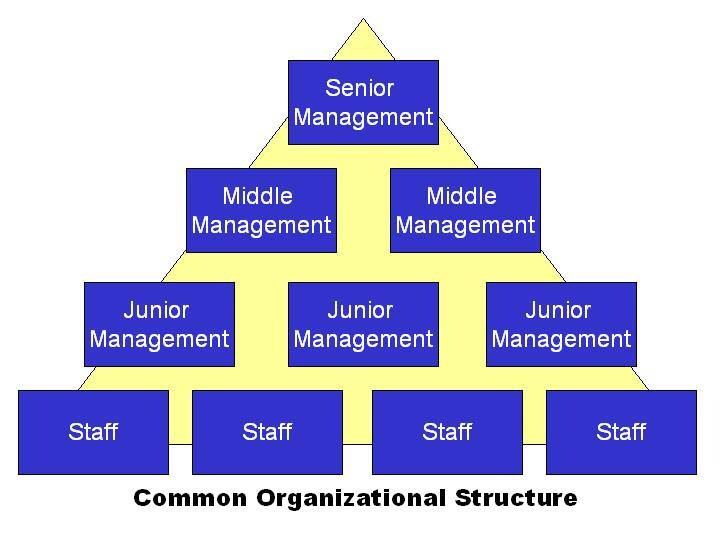|
home | what's new | other sites | contact | about |
|||||
|
Word Gems exploring self-realization, sacred personhood, and full humanity
Archetype
“The American who has been confined, in his own country, to the sight of buildings designed after foreign models, is surprised on entering York Minster or St. Peter's at Rome, by the feeling that these structures are imitations also - faint copies of an invisible archetype.” Ralph Waldo Emerson
Editor's 1-Minute Essay: Archetype
Wayne Dyer: “Jung said there are four archetypes adults go through, and these archetypes are reflected in the development of my work. The first archetype is ... the athlete, reflecting the time in our adult life when our primary emphasis is on our body—what it looks like, how beautiful it is, how strong it is, and so on. We identify ourselves with our body. We are our body. Growing adults next move to what Jung called the archetype of the warrior. We take our physical bodies out there to do what warriors do. What do warriors do? They are in competition with everyone else. They measure their success and their value on the basis of who they are better than, how much they get, and so on. So, this is the time in your adult life when your primary emphasis is on goal setting, on getting someplace else, and on defeating other people. If you still are growing, you go through the archetype of the statesman or stateswoman. You stop asking, “What are my quotas?” and stop saying, “What is in it for me?” and, “How much can I get?” You begin to say, “What are your quotas?” and, “How may I serve?” Providing for others becomes much more important in your life than what you can get for yourself. Finally, if you still are growing, you reach the highest archetype, the archetype of the spirit. This is the time when you finally realize what Jesus meant when he said, “You are in this world, but you are not of this world.” You are not here as a human being having a spiritual experience, but the reverse is true: All of us here are spiritual beings having a human experience… Goal setting is fine if you want to be the warrior archetype. These people are setting goals constantly and trying to get someplace else. They say, "If you don't know where you are going, then you won't know when you get there." When you get to a higher level of consciousness, though, when you get into a spiritual approach to life, you are not trying to get someplace else, because you never can get it done. You never are going to get there. Instead, what you want to do is get to a place where you are at peace. You are connected to God.” David Richo: “We all recall the cruel stepmother in fairy tales. That archetype is often a necessary element in a fairy tale so that the heroine/hero can become a person of character and power. Stories of heroes and heroines often begin with a wound or loss or injustice and end with heroic acts of restoration.”
Carl Jung: “Archetypes resemble the beds of rivers: dried up because the water has deserted them, though it may return at any time. An archetype is something like an old watercourse along which the water of life flowed for a time, digging a deep channel for itself. The longer it flowed the deeper the channel, and the more likely it is that sooner or later the water will return.” Johannes Kepler: “Geometry is the archetype of the beauty of the world.”
Rainer Maria Rilke: “How should we be able to forget those ancient myths that are at the beginning of all peoples, the myths about dragons that at the last moment turn into princesses; perhaps all the dragons of our lives are princesses who are only waiting to see us once beautiful and brave. Perhaps everything terrible is in its deepest being something helpless that wants help from us. So you must not be frightened if a sadness rises up before you larger than any you have ever seen; if a restiveness, like light and cloudshadows, passes over your hands and over all you do. You must think that something is happening with you, that life has not forgotten you, that it holds you in its hand; it will not let you fall. Why do you want to shut out of your life any uneasiness, any miseries, or any depressions? For after all, you do not know what work these conditions are doing inside you.” Clive Barker: “There are things that are more important than the news and what’s happening today. There are these archetypes which are part of the human imagination since humans were presumably imaginative. And I think that’s what [people] find touching, these eternal ideas. It’s one of the things that makes fantasy something that tends to stand the test of time because we’re reading, 50 years later, The Lord of the Rings.” Rupert Sheldrake: “The Gaia Hypothesis of James Lovelock [and Lynn Margulis] puts forward a scientific view of the living Earth, which in one respect is modern… scientific, in another respect re-awakens an ancient archetype, which in fact is so clearly suggested by the very name of the hypothesis, Gaia, the Greek name for Mother Earth.” Carl Jung: “What happens in the life of Christ happens always and everywhere. In the Christian archetype all lives of this kind are prefigured. Francis Bacon: “First therefore let us seek the dignity of knowledge in the archetype or first platform, which is in the attributes and acts of God, as far as they are revealed to man and may be observed with sobriety; wherein we may not seek it by the name of Learning; for all Learning is Knowledge acquired, and all Knowledge in God is original: and therefore we must look for it by another name, that of Wisdom or Sapience, as the Scriptures call it.” Athanasius Kircher: “Whoever has the desire to pursue philosophy correctly should look to Nature's Archetype in every matter, so that by taking up Ariadne's thread in her intricate labyrinth he may keep himself safe and secure from wrong turns and deviant paths.” Caroline Myss: “Women most certainly carry a more sympathetic heart in the traditional, classic sense the mother archetype. They have been given the role to carry the heart energy of the human community, whereas men carry the survival energy.” Joseph Campbell: “The psyche is the inward experience of the human body, which is essentially the same in all human beings, with the same organs, the same instincts, the same impulses, the same conflicts, the same fears. Out of this common ground have come what Jung has called the archetypes, which are the common ideas of myths.” Carl Jung: “Archetypes, in spite of their conservative nature, are not static but in a continuous dramatic flux. Thus the self as a monad or continuous unit would be dead. But it lives inasmuch as it splits and unites again. There is no energy without opposites!” Carl Jung: “ In all chaos there is a cosmos, in all disorder a secret order... we are caught and entangled in aimless experience... It is a moment of collapse... Only when all crutches and props are broken, and no cover from the rear offers even the slightest hope of security, does it become possible for us to experience an archetype that up till then had lain hidden... this is the archetype of meaning...” Carl Jung: “All the most powerful ideas in history go back to archetypes.” Maynard James Keenan: “A lot of names in America and Europe have their roots in Latin and Greek words. A lot of them go back to archetypes and their stories.”
|
|||||
|
|


